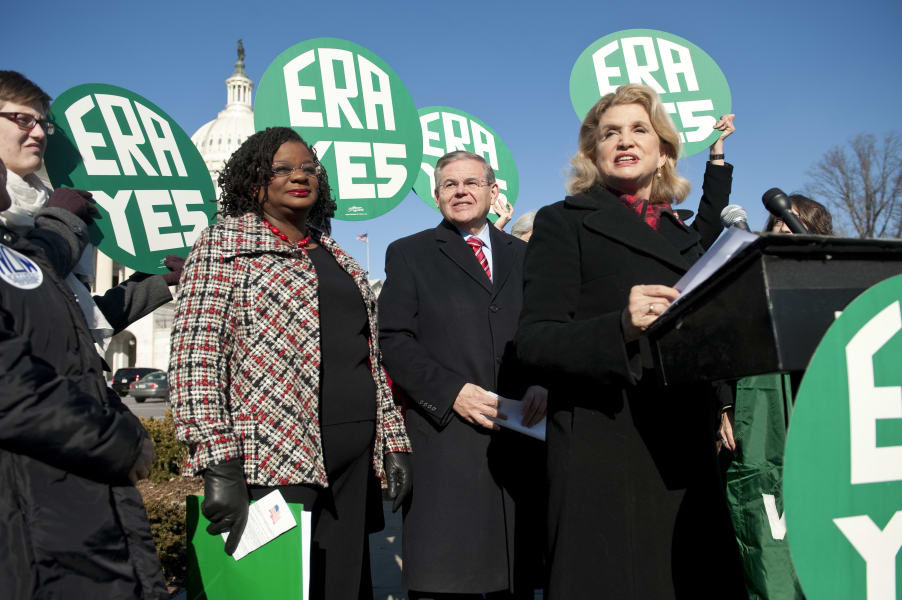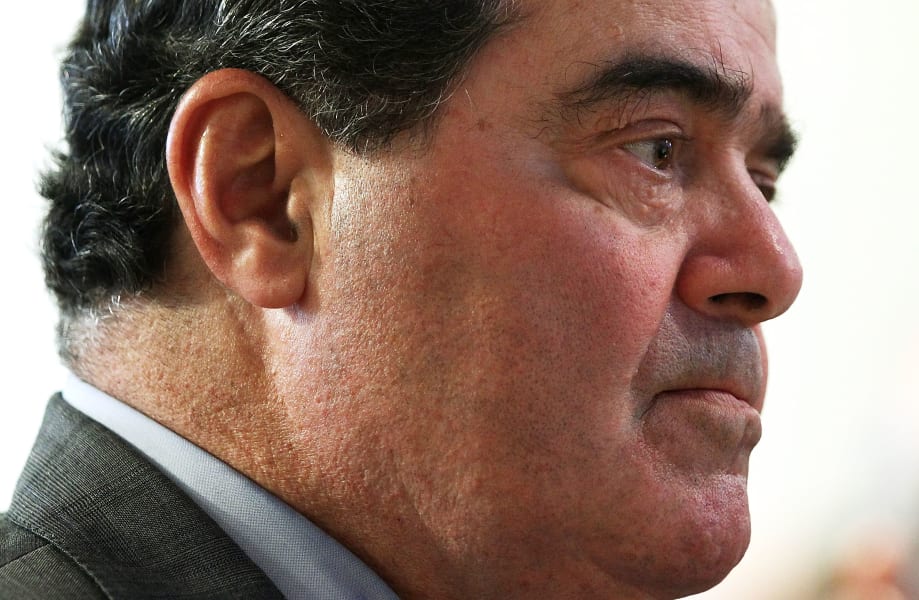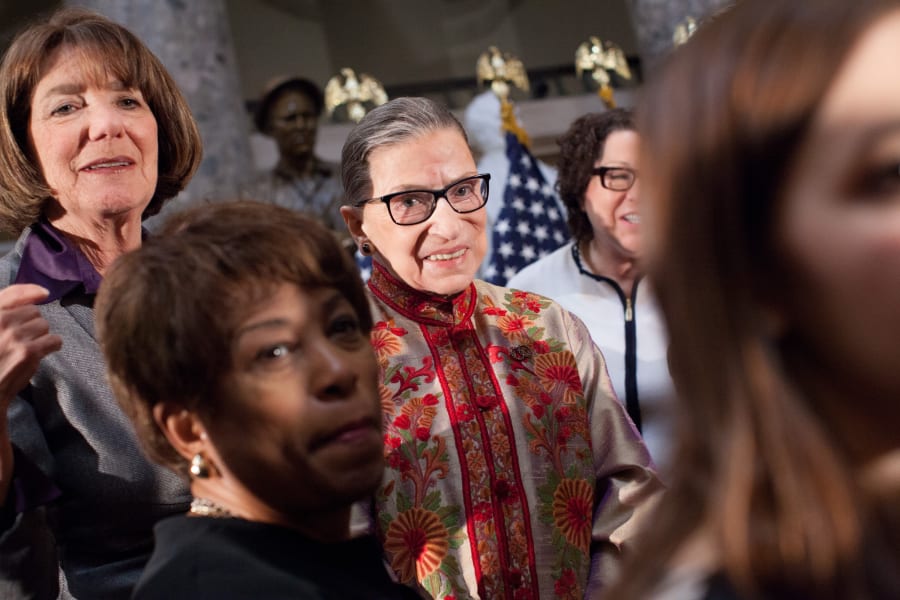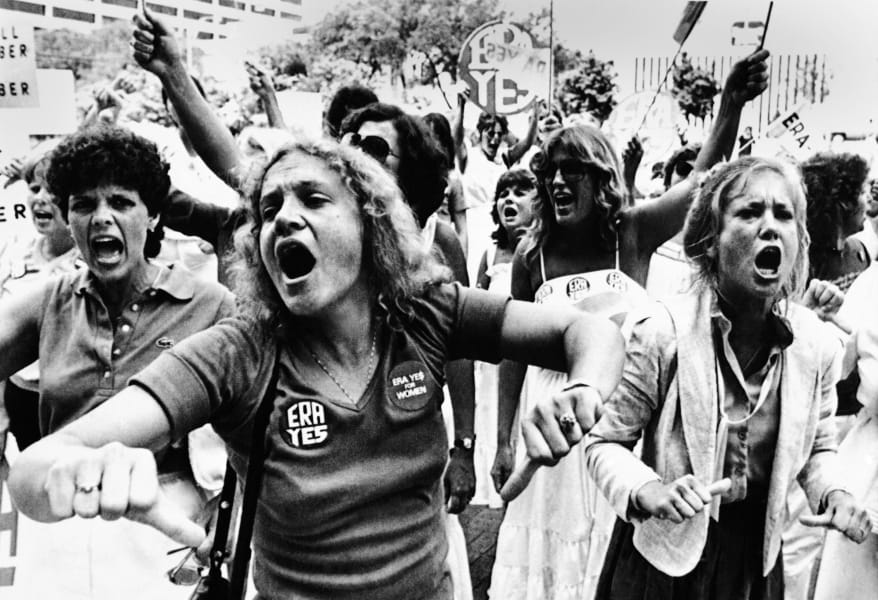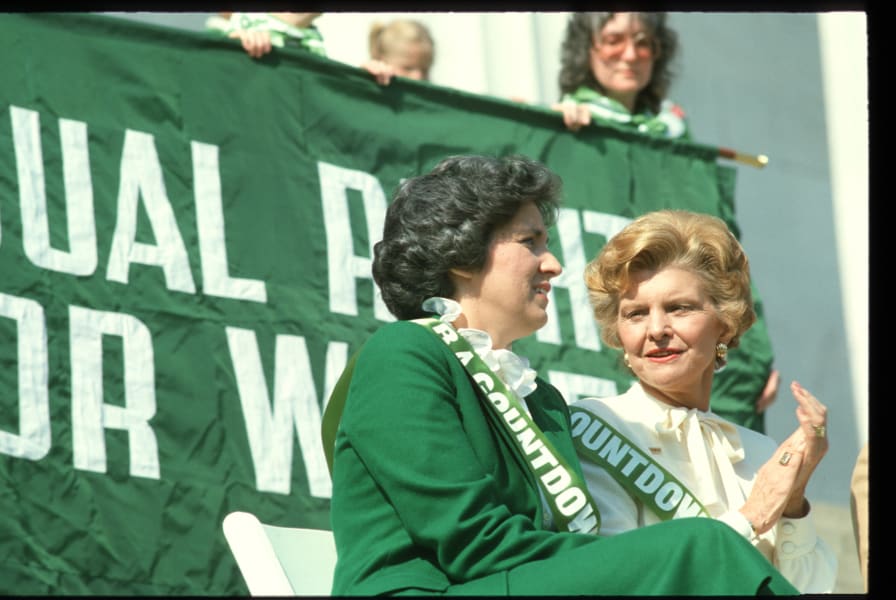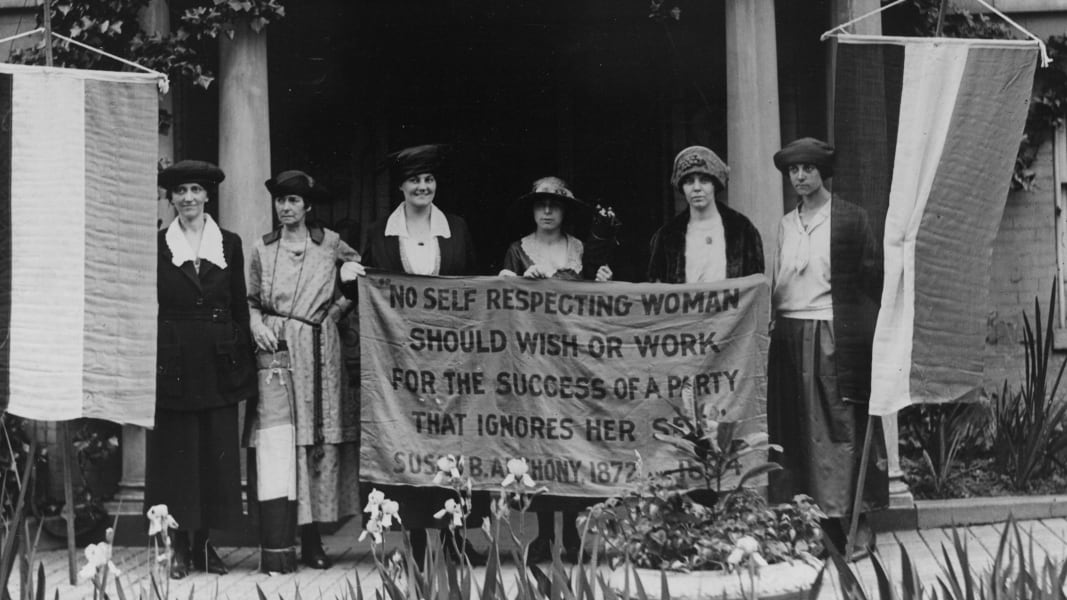

1 of 11
The feminist activists of the 1960s, '70s and early '80s weren't the first to push for an Equal Rights Amendment. Suffragist leader Alice Paul, second from right, fought hard to pass the 19th Amendment -- which earned women the right to vote in 1920. She drafted the first ERA and introduced it to Congress in 1923. National Photo Co./Library of Congress
In 1972, the House and Senate passed the ERA by the required two-thirds votes before sending it to state legislatures for ratification. Three-quarters of the states needed to ratify it, but the ERA fell three states short by its 1982 deadline. Associated Press
Gloria Steinem was among the key forces behind the ERA effort in the '70s and '80s. Although it wasn't ratified, most men and women were pro-ERA, Steinem says. Scott Applewhite/AP
President Richard Nixon endorsed the ERA after it was adopted with bipartisan support in both houses of Congress in 1972. C.W. HARRITY/AP/File
The face of ERA opposition, back in the day, was Phyllis Schlafly, the conservative activist who founded the Eagle Forum. She died in 2016 but said a year earlier that efforts to revive the ERA were "a colossal waste of time." Michael Mauney/Time & Life Pictures/Getty Images
Schlafly led protests against the ERA, including this one at the White House in 1977. The group, about 200 strong, was protesting then-first lady Rosalyn Carter's campaign for the ERA. Amendment supporters like Eleanor Smeal, president of the Feminist Majority Foundation, say their real enemy was never Schlafly but big business and insurance companies. Charles Tasnadi/AP
Democratic Sen. Ted Kennedy speaks at an ERA fundraising dinner in Washington in 1980. Kennedy spent more than three decades as a champion for the amendment in Congress. Charles Tasnadi/AP
Eleanor Smeal, then-president of the National Organization for Women, left, and first lady Betty Ford attend an ERA rally on the steps of the Lincoln Memorial in 1981. Penelope Breese/Liaison/Getty Images
From left, Rep. Gwen Moore, Sen. Bob Menendez and Rep. Carolyn Maloney hold a news conference in 2010 outside the U.S. Capitol to call for passage of the ERA. The amendment has been introduced in nearly every session of Congress since 1923. Bill Clark/Roll Call/Getty Images
ERA supporters like to quote late US Supreme Court Justice Antonin Scalia, who told California Lawyer in a January 2011 issue, "Certainly the Constitution does not require discrimination on the basis of sex. The only issue is whether it prohibits it. It doesn't." Alex Wong/Getty Images
Supreme Court Justice Ruth Bader Ginsburg, seen here at an annual Women's History Month event at the US Capitol a few years ago, said this when she was asked how she would amend the Constitution: "If I could choose an amendment to add to this Constitution, it would be the Equal Rights Amendment." Allison Shelley/Getty Images
